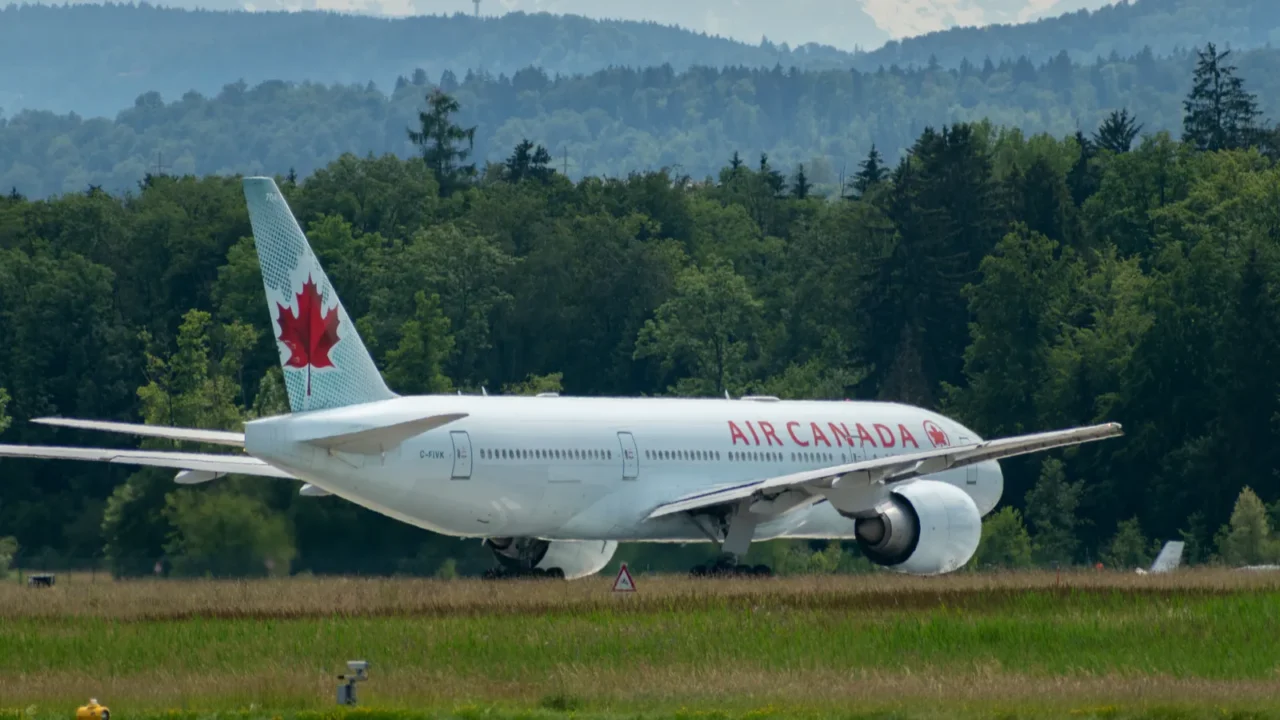
Air Canada’s big return to U.S. skies
After years of limited service, Air Canada is making a strong comeback across key U.S. airports. The airline is rebuilding its transborder network with new and returning routes, offering more ways to connect travelers across North America.
The move signals optimism for the future of air travel, especially after years of pandemic-related disruptions and shifting travel demand. With fresh routes and more frequent flights, travelers can expect easier access to Canada’s major cities and beyond.
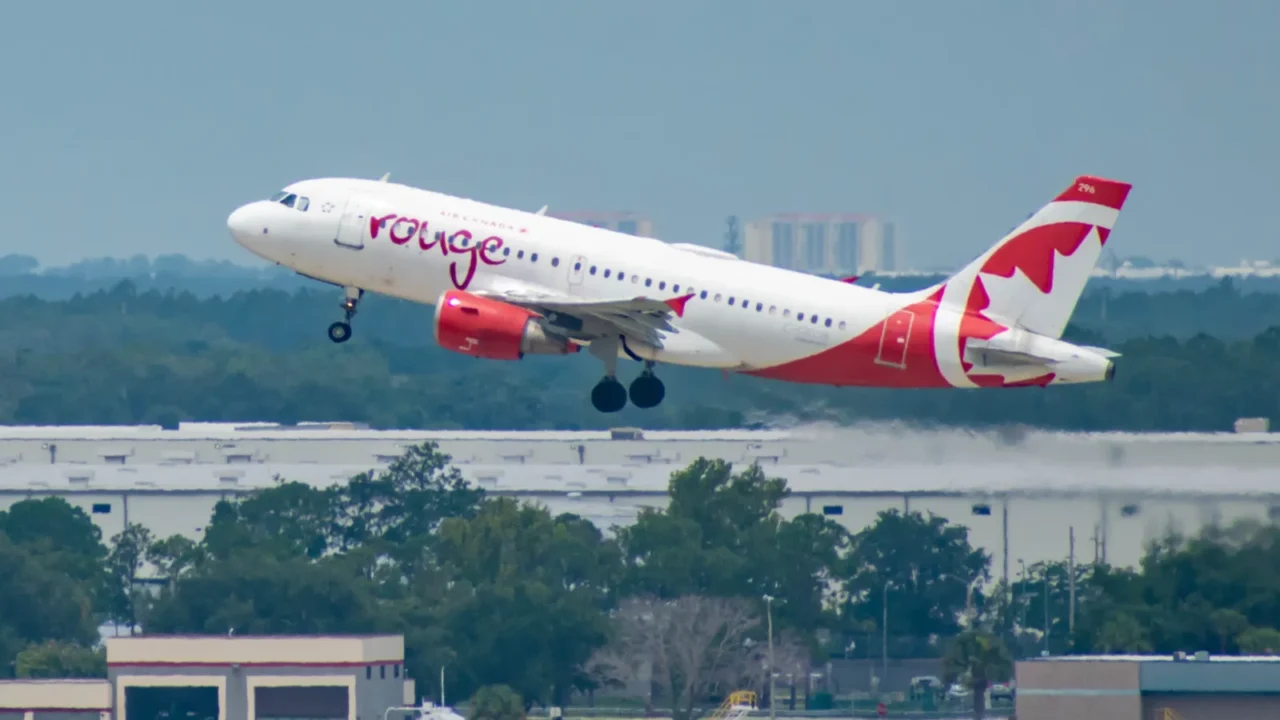
A comeback years in the making
Air Canada’s return to several U.S. airports marks a turning point after over six years of limited expansion. It’s one of the airline’s most notable U.S. expansions in recent years.
This expansion isn’t just about recovery, it’s about growth. By investing in these routes now, Air Canada aims to meet rising travel demand while reconnecting long-paused destinations.
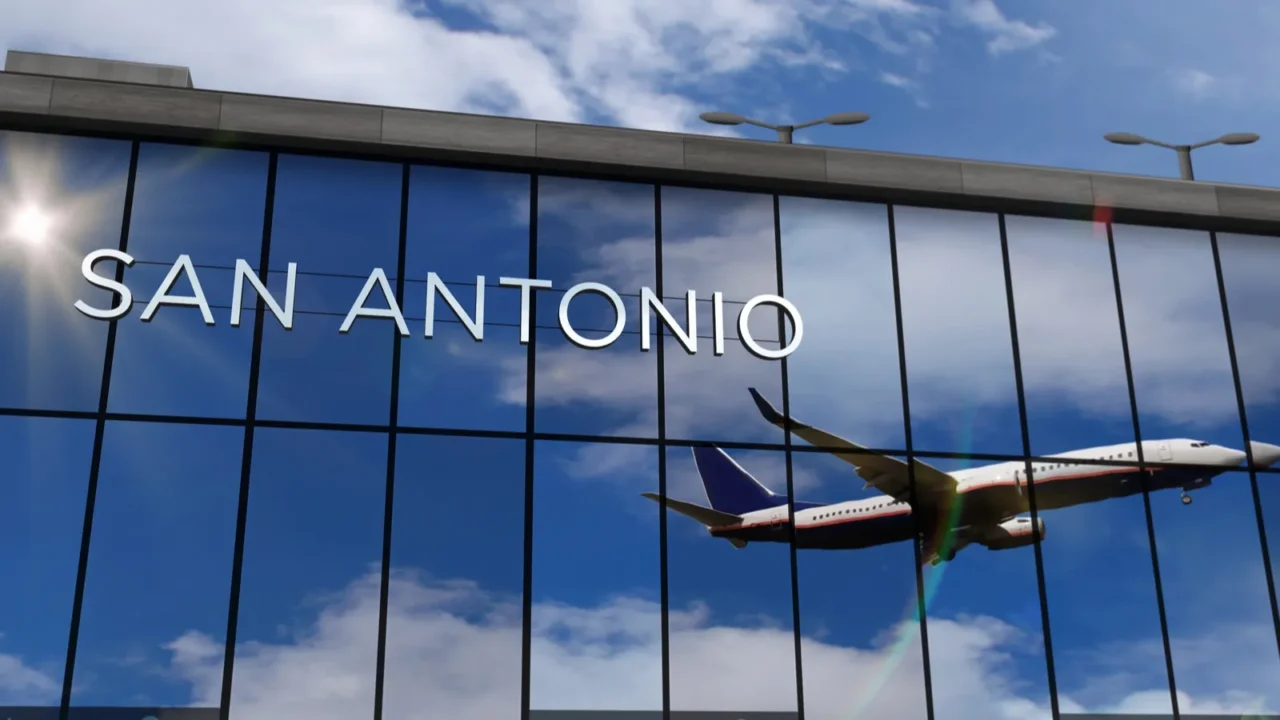
Toronto to San Antonio takes flight
One of the most exciting announcements is Air Canada’s long-awaited return to San Antonio, Texas. Starting May 2026, flights will run three times a week from Toronto on Airbus A220-300 aircraft.
The route had been paused for more than six years, making this return especially meaningful for travelers who’ve missed a direct link between southern Texas and Canada’s biggest hub.
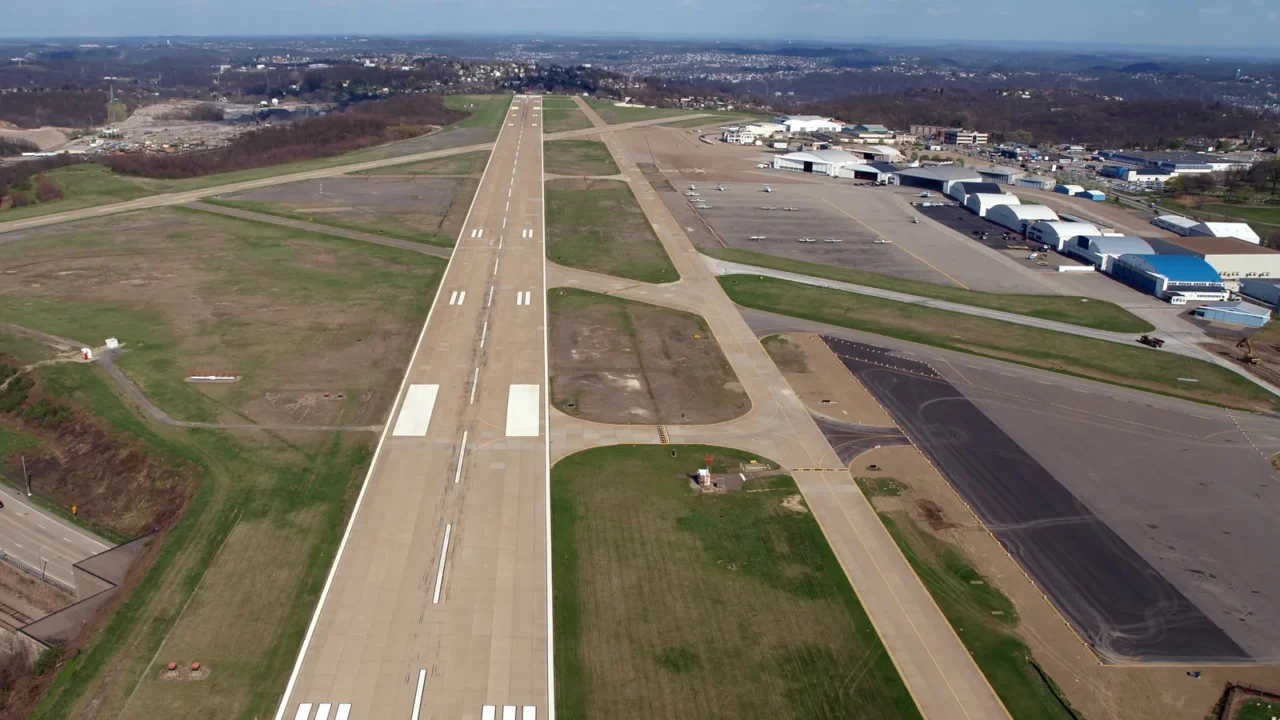
New daily flights to Ohio cities
Travelers in the Midwest can look forward to fresh connections next summer. Air Canada will launch new daily flights from Montreal to both Cleveland and Columbus, Ohio, beginning in May 2026.
These routes will run seasonally through October, offering convenient access for business trips, family visits, and tourism. It’s a major boost for regional travel and local economies.
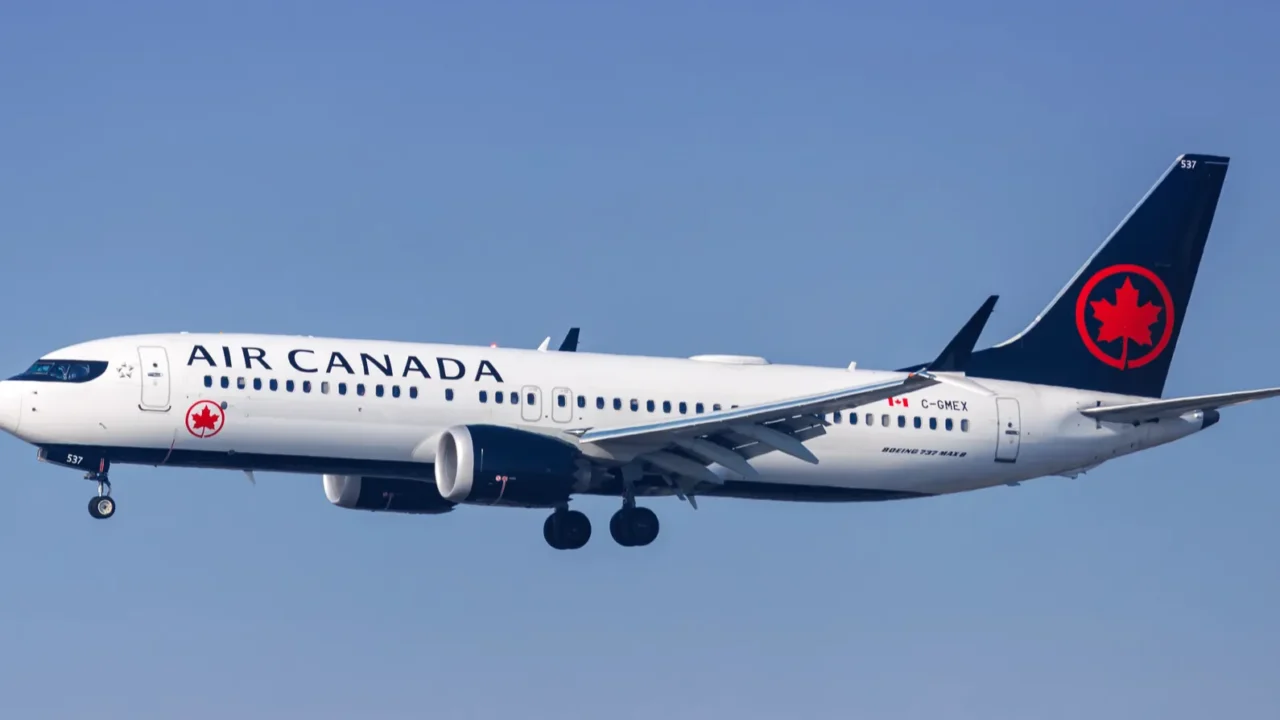
Boosting summer 2026 capacity
Air Canada’s transborder network is set to expand by 15% for summer 2026 compared to the year before. That’s a big leap after several cautious seasons.
The airline says this increase will bring operations approaching pre-pandemic levels, with steady growth since 2024. More routes mean more seats, better flexibility, and smoother North American travel for everyone.

Reversing years of reductions
During recent years, Air Canada scaled back service to several U.S. cities, including Detroit, Minneapolis, and Tampa. Tariffs, geopolitical tensions, and soft demand forced a careful approach.
Now, those cuts are being reversed. Renewed demand and stable market conditions have encouraged the airline to rebuild stronger and smarter. It’s a refreshing change from the cautious tone that dominated aviation in past years.
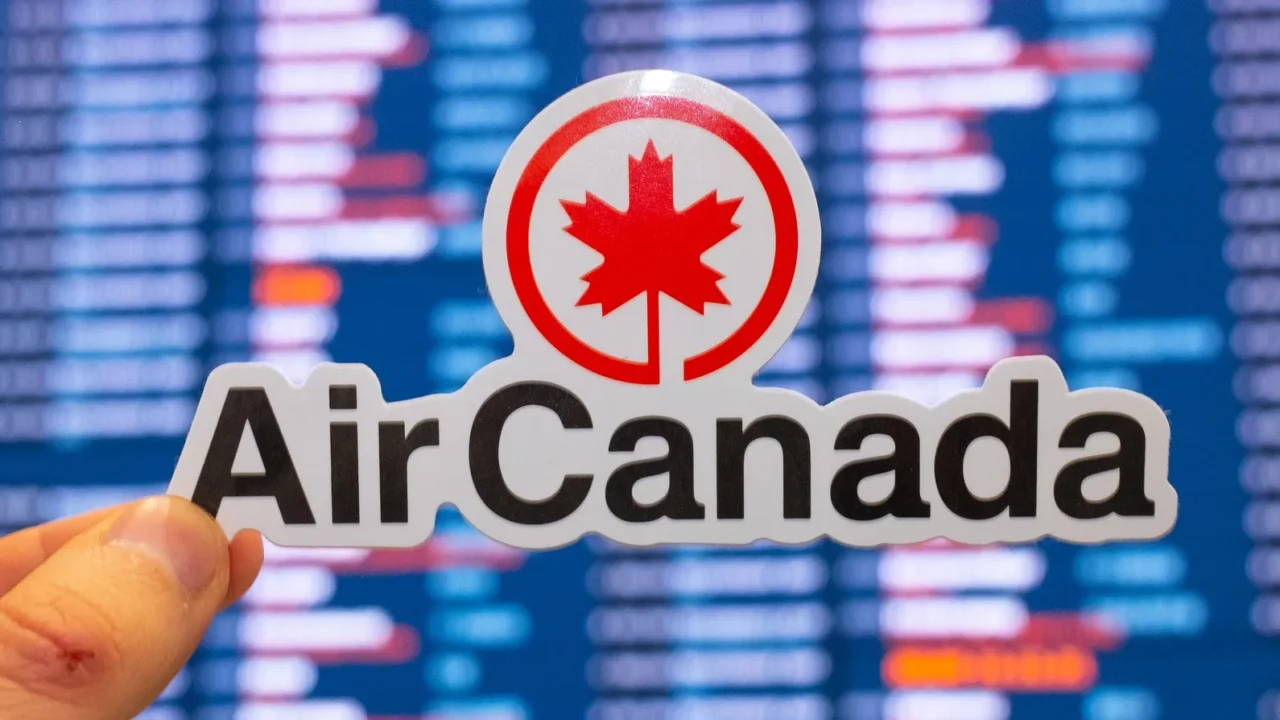
Responding to market recovery
With transborder travel demand on the rise, Air Canada is responding fast. Analysts say Canadian-to-U.S. traffic has rebounded significantly since the lows of the pandemic.
The airline’s network expansion aims to capture this momentum, offering travelers more nonstop options while restoring lost connections across the continent. It’s a confident step toward full recovery for North American travel.
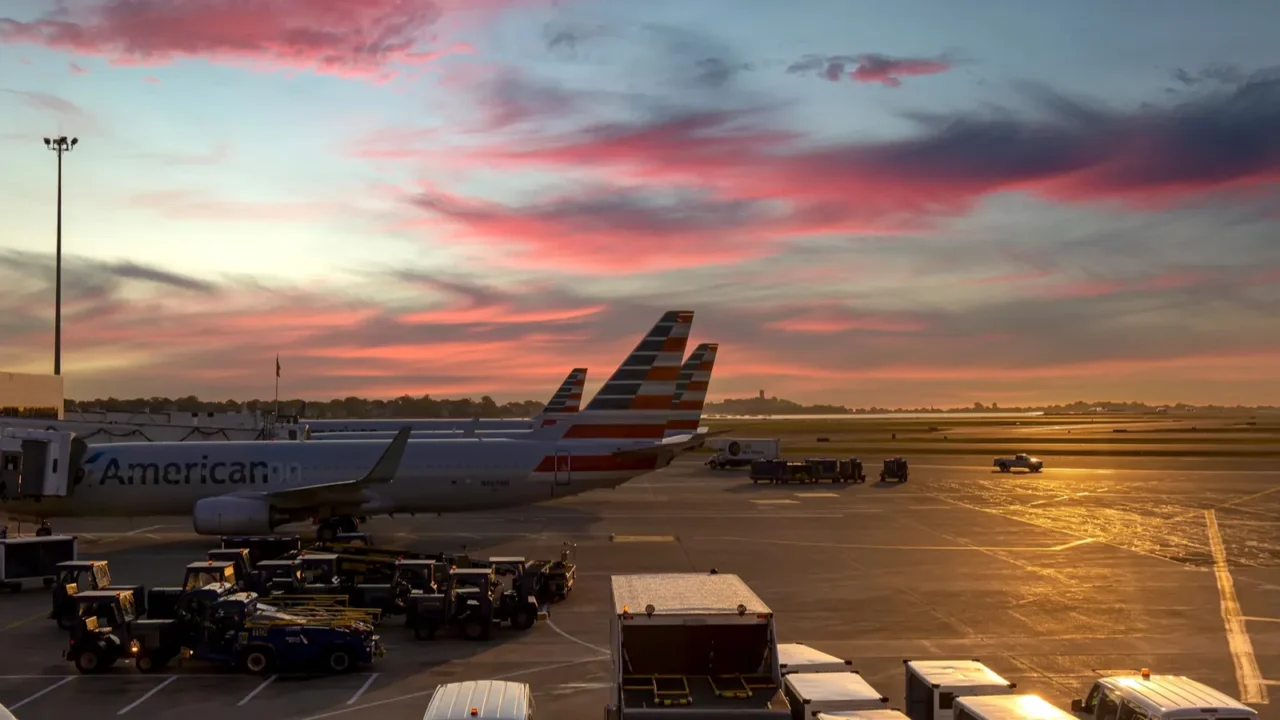
Expanding beyond Texas and Ohio
The comeback doesn’t stop with San Antonio or Cleveland. Air Canada plans more frequent flights to major U.S. destinations from its Toronto hub.
Expect increased service to Indianapolis, Boston, Tampa, and Dallas-Fort Worth, plus new Vancouver-Nashville and Montreal-Cincinnati routes. It’s a coast-to-coast effort to reconnect travelers. The expanded network gives passengers more flexibility and better flight times.
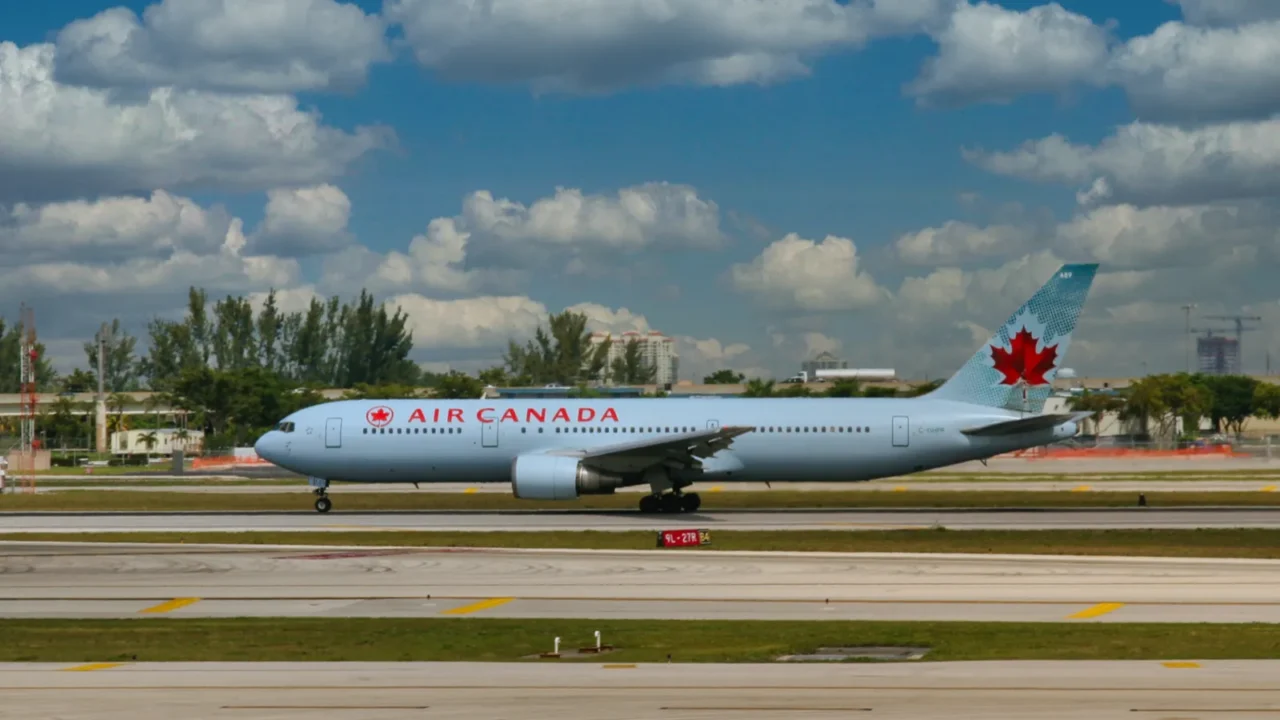
Florida flights take off again
Warm-weather travelers can celebrate too. Air Canada has resumed nonstop Toronto-to-Jacksonville flights, giving Canadians and Floridians an easy link once more.
Florida has always been a key destination for leisure travel, and this route’s return supports tourism and business between the two regions year-round. It’s great news for snowbirds and sunshine seekers alike.
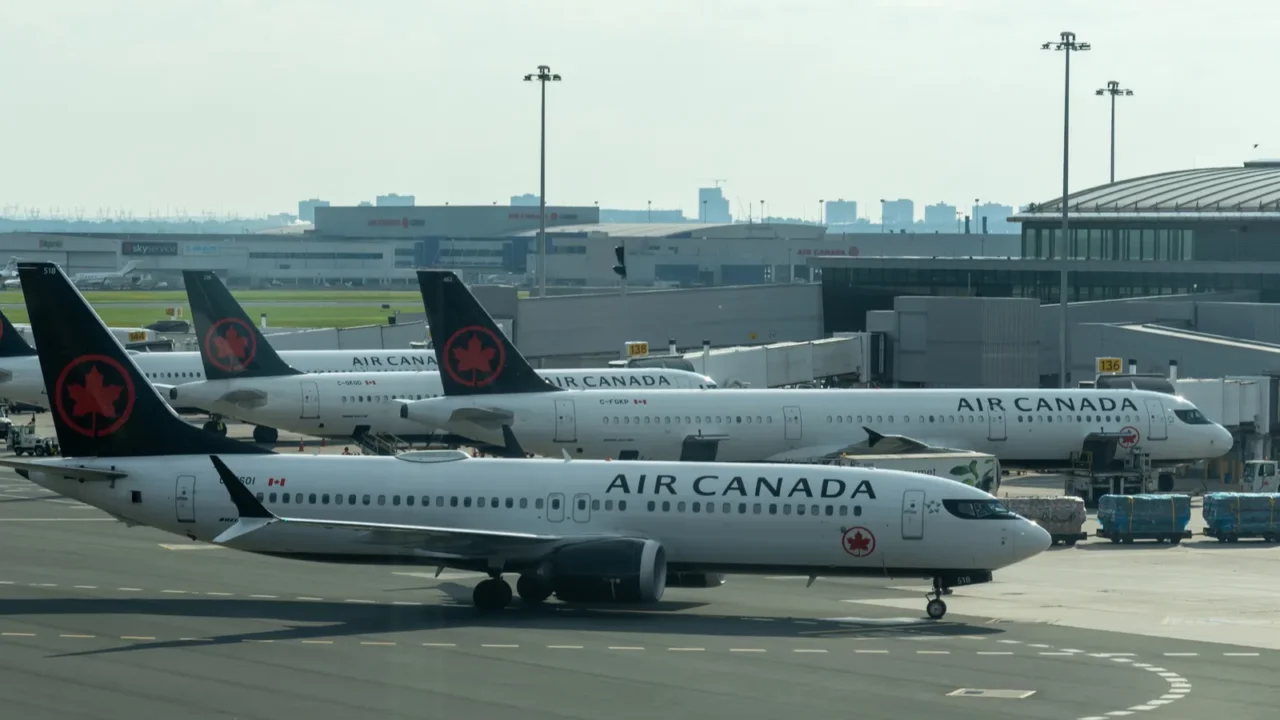
Over 200 daily U.S. flights
At peak season, Air Canada will operate more than 200 daily flights to over 45 U.S. destinations. That’s one of the largest cross-border networks of any airline in North America.
The focus remains on seamless travel via Toronto and Montreal hubs, where passengers can connect onward to Asia, Europe, and the Middle East. This scale highlights Air Canada’s growing leadership in transborder connectivity.
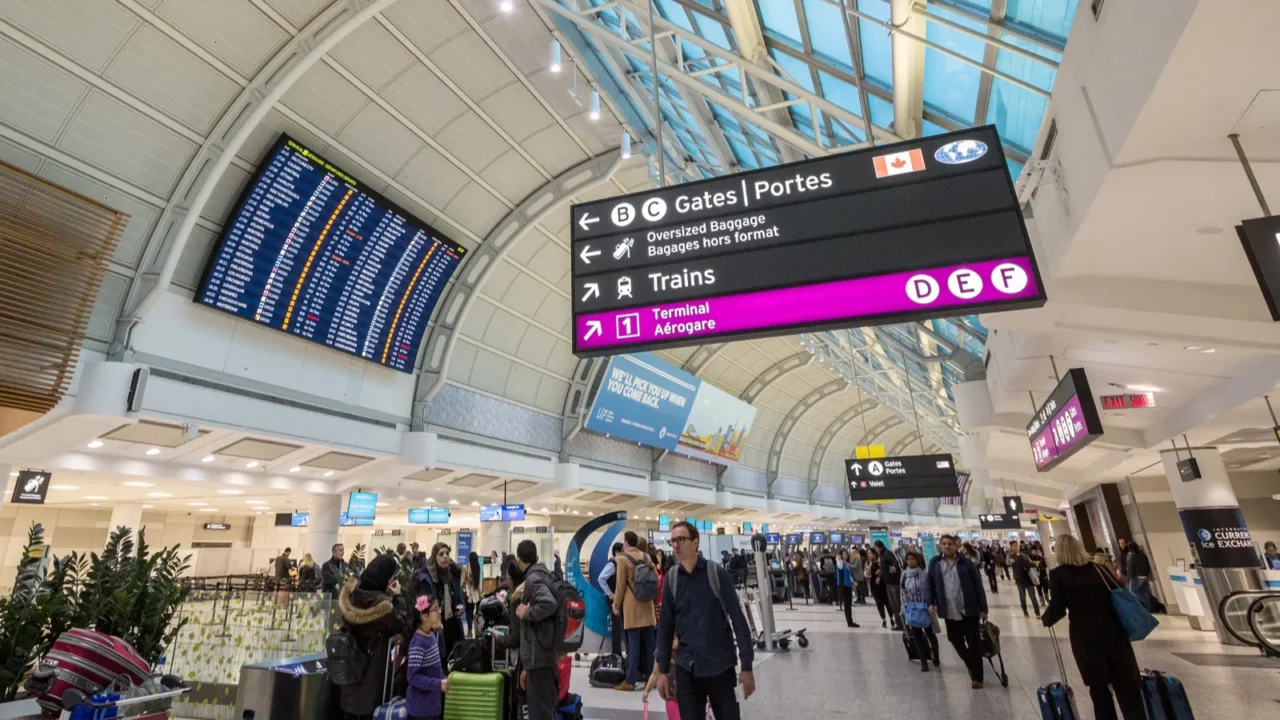
Streamlined customs and arrivals
One major advantage of flying Air Canada is U.S. customs pre-clearance in Canadian airports. Passengers clear customs before boarding, making arrivals in the U.S. smooth and hassle-free.
This feature gives the airline a competitive edge for travelers who value speed and convenience at busy airports. It’s one more reason why many passengers prefer connecting through Canada when heading to the States.
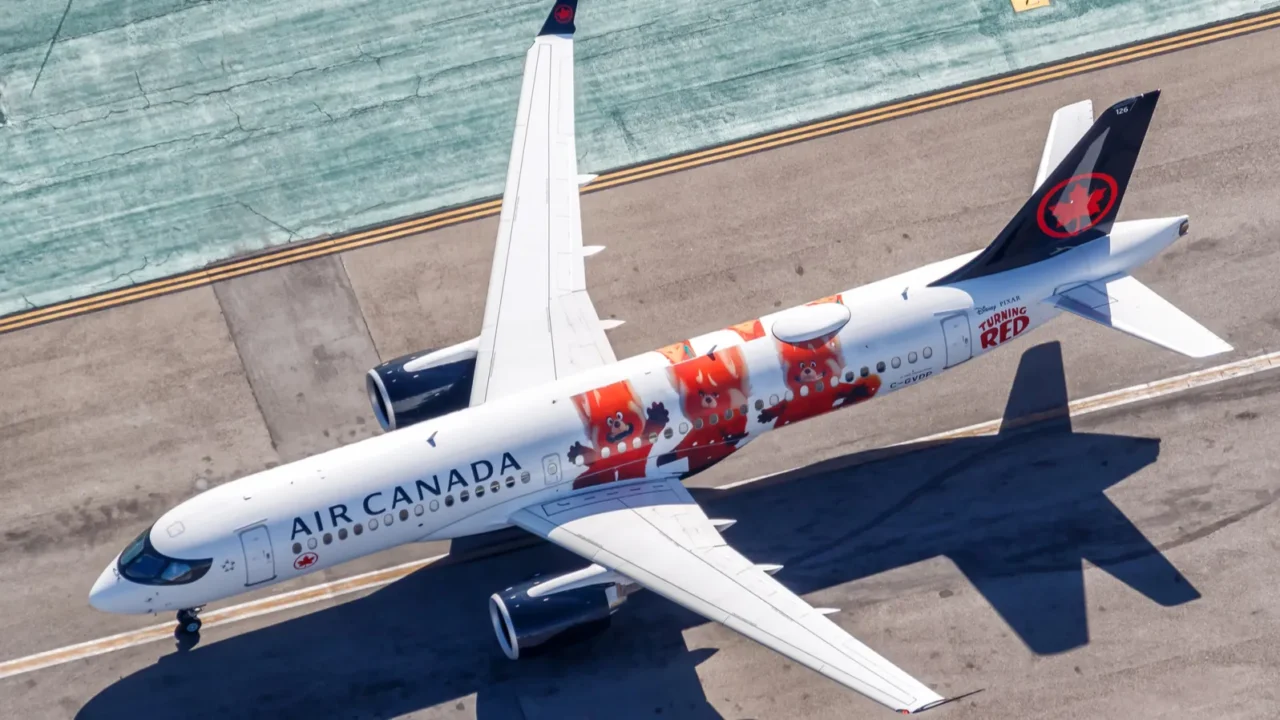
The fleet powering the expansion
Air Canada’s growing route map is supported by modern aircraft like the Airbus A220 and upcoming Airbus A321XLR. These planes offer longer range and greater fuel efficiency.
The upgrades allow Air Canada to reach more distant cities while keeping costs low and comfort high, important for both business and leisure travelers. The fleet modernization also reflects the airline’s commitment to sustainability.
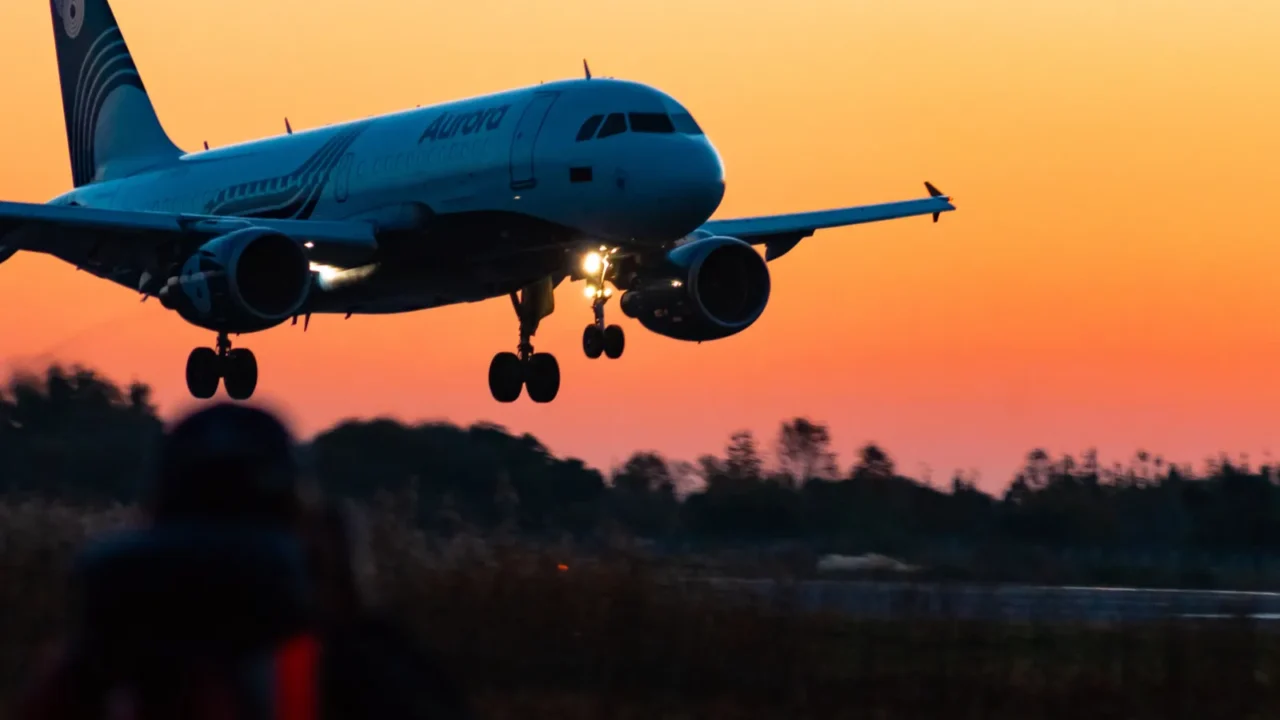
The arrival of Airbus A321XLR
Starting in 2026, Air Canada will introduce the Airbus A321XLR into its fleet. This aircraft is designed for long-haul efficiency, capable of connecting smaller cities directly to international hubs.
It’s part of Air Canada’s modernization strategy, helping the airline open new routes and enhance its sustainability profile. The addition will make cross-Atlantic travel smoother and more fuel-conscious.
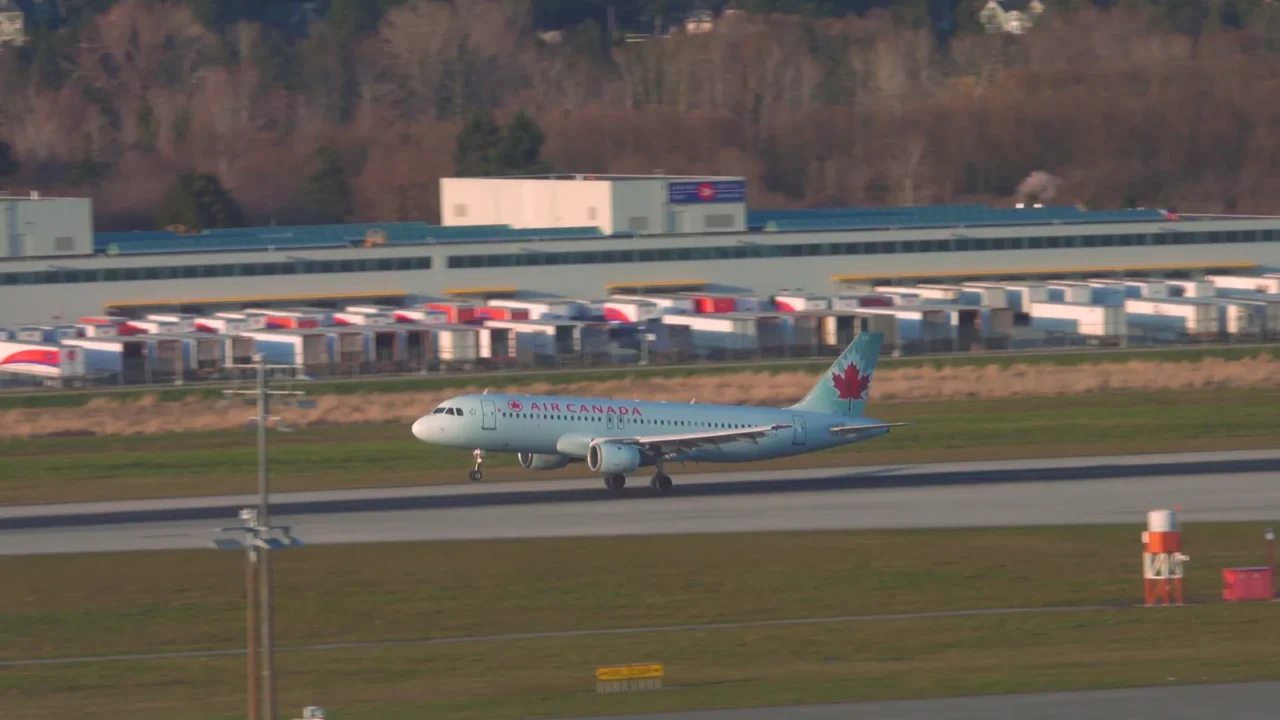
Competitive edge across borders
As other airlines scale back or consolidate, Air Canada’s expansion stands out. Its strong hub connections and modern fleet position it as a key player in transborder travel.
This growth not only benefits travelers but also strengthens business ties between Canadian and American markets. It shows how smart network planning can turn competition into opportunity.
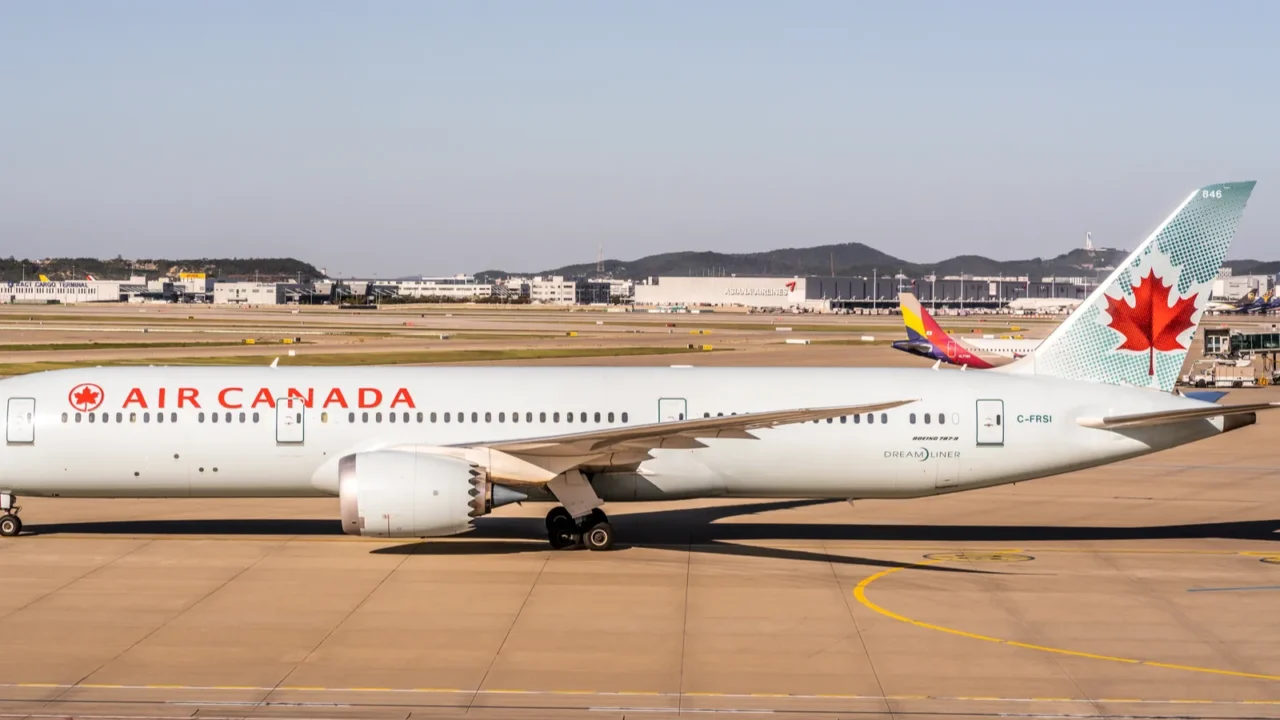
Supporting tourism and trade
The expanded network is more than a travel upgrade; it’s an economic boost. New routes stimulate tourism, trade, and regional growth on both sides of the border.
From Texas to Ohio, local businesses will see new opportunities as more visitors flow through these revived air links. It’s proof that aviation growth often sparks wider community benefits.
This renewed connection also helps revive tourism between Canada and the U.S., restoring travel that had slowed sharply in recent years
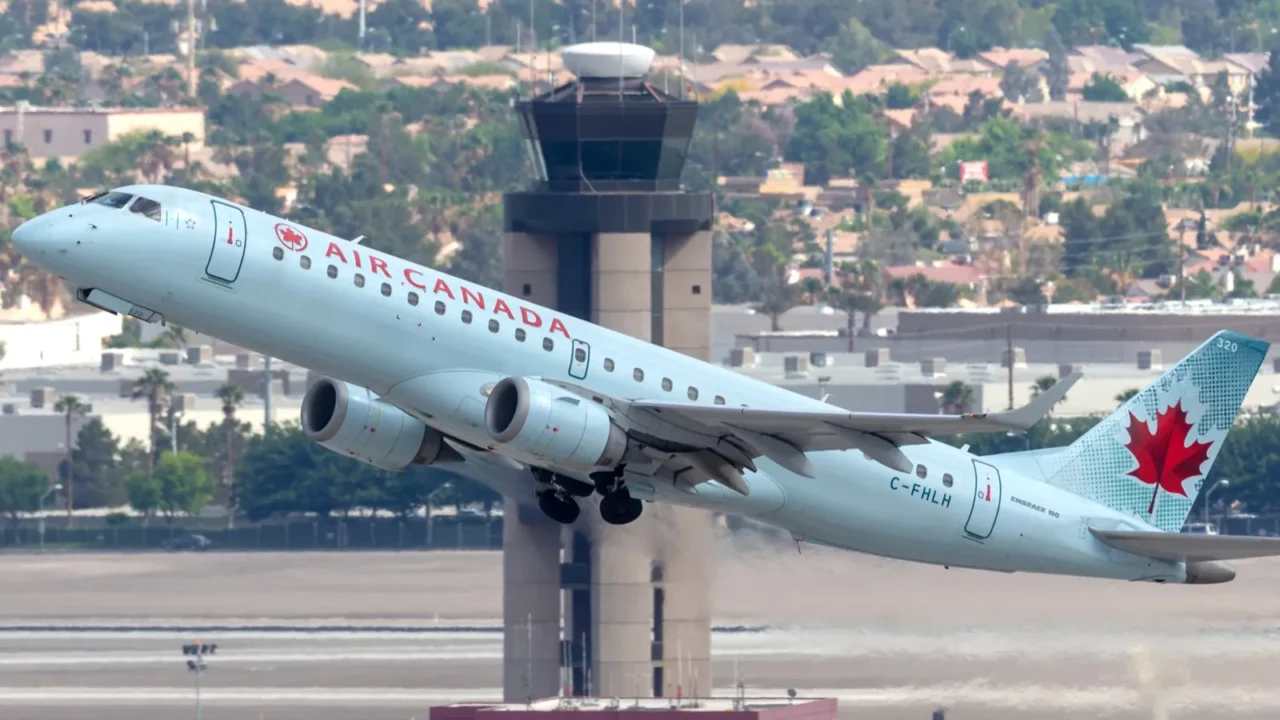
Building confidence for the future
This bold expansion shows Air Canada’s confidence in the post-pandemic travel rebound. With steady growth in demand and a modern fleet, the airline is focused on long-term stability.
It’s a reminder that travel is bouncing back stronger than before, and that new routes bring fresh energy to aviation. Passengers and industry partners alike are optimistic about what comes next. In other news, Spirit Airlines is canceling service to 11 U.S. airports in 2025. Check out what the reason is.
Which new Air Canada route has you ready to pack your bags? Tell us which destination you’d love to see next.
Read More From This Brand:
- Take This Scenic Train Ride Through NH’s Fall Foliage
- Private jet journey that takes you across all 7 continents in just 29 days
- Top extravagant luxury hotels around the world
Don’t forget to follow us for more exclusive content right here on MSN.
This slideshow was made with AI assistance and human editing.